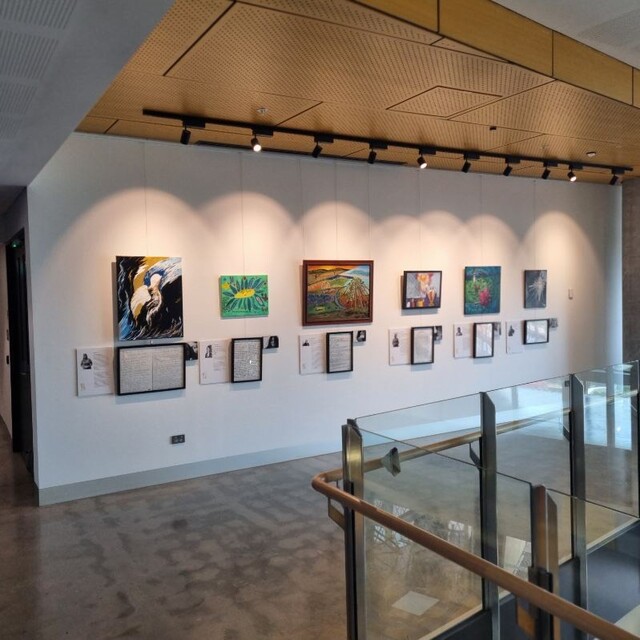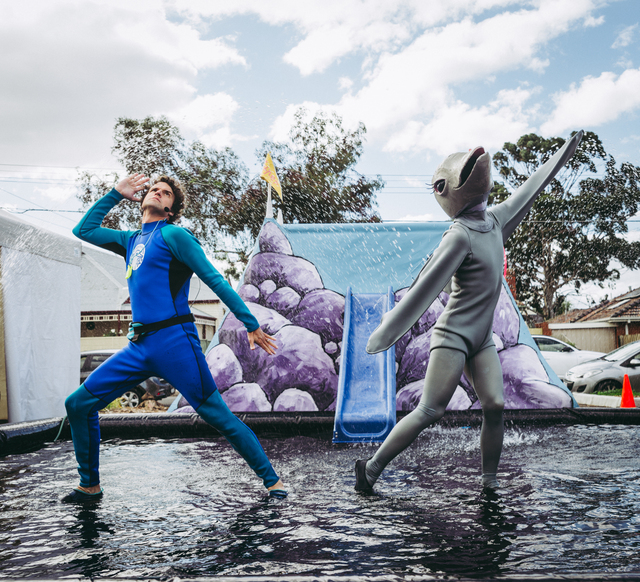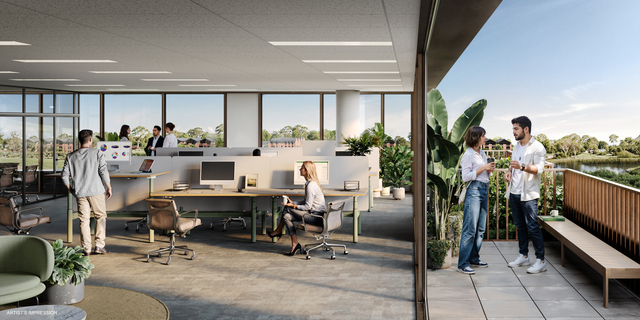South Morang is the nation’s fastest-growing suburb for the third year in a row.
The latest Australian Bureau of Statistics regional population growth estimates, released last Tuesday, show people are flocking to South Morang to live.
In the 2013-14 financial year, 55,200 people were living in the suburb – up 4200 people on the previous year, or 8.3 per cent.
Craigieburn also made the top five in the ABS’s fastest-growing suburbs list, with 3400 more residents in 2013-14 than the year before.
Melbourne had the largest population growth of all capital cities, increasing by 95,700 people, or about 1800 every week, to reach 4.4 million.
ABS spokesman Phil Browning said seven of the country’s top 10 growth areas were in the outer suburbs of Melbourne.
ABS recorded the strongest growth on the fringes of capital cities, where more land is available for subdivision and housing developments.
Friends of South Morang secretary Trevor Carroll said that in the 16 years he had lived in the suburb, it had transformed from a largely rural area on the city fringe to a built-up suburb.
“One thing that’s better now is the proximity to amenities and the money Whittlesea council has spent on roads, parks and gardens, which are fantastic,” he said.
“But population growth has had a terrible effect on traffic congestion due to the housing developments in Mernda and the duplication of Plenty Road.”
Mr Carroll said his commute to work at Preston had more than doubled in duration, from 15-20 minutes, to about 45 minutes. He also lamented successive state government failures to extend the tram line up Plenty Road.
Craigieburn Residents Association president Dennis Moore said recent surveys by the group showed most growth had occurred in the past six or seven years, since the Sikh temple was built on the Hume Highway.
“Since we got the beautiful temple, the percentage of Indians living in the suburb has reached about 13 per cent,” Mr Moore said.







